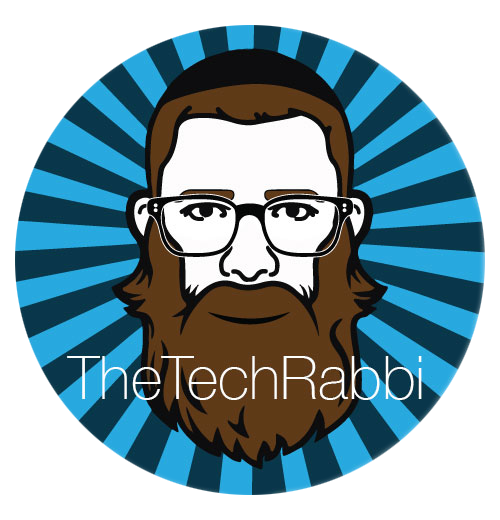The Third Grade Teacher
https://twitter.com/eolsonteacher/status/558092569016815616
Students teaching students is totally awesome meaningful learning.
Becoming a teacher might not be on everyones bucket list but after watching eight year olds teaching eight year olds about native american life, I hope they realize just how powerful the ability to educate someone really is. Being in charge of other peoples learning was a new experience for these third graders. I began the conversation by asking them the following question,
How do you know how much you know?
One answer is, teach it to someone else. Our next challenge? If our students are able to become independent learners working towards becoming facilitators of learning, then where does that leave us as the "real educators" in the classroom? The massive outpour of information as well as the technology to harness its power actually leaves educators with a very powerful and humble mission.
It empowers us to help students become caring, thoughtful, and serious learners.
If we choose to answer this calling and put aside our slightly bruised ego and title of sage on the stage, then the student, teacher, and technology partnership can begin to create some truly awesome results.
Third Grade Native American Tribal Life Project
in collaboration with Deborah Littman and Joanna Benporat, 3rd grade classes
Digital Publication using Book Creator for the iPad
[googleapps domain="docs" dir="a/hillelhebrew.org/file/d/0B8kSXA4O_gAJRlNEWmE2WG90N2c/preview" query="" width="440" height="280" /]



 The initial planning phase of the project went very routine. Questions of purpose, time spent, objectives, and curriculum alignment were asked. Questions about student's understanding of the applications of choice were answered. We projected the project would integrate technology between the A and the M on the SAMR model due to its use of audio-visual capabilities as well as how the technology would allow the learning to be shared. The objective of the student was to demonstrate their knowledge of a Native American tribes to the class. After reflecting on the final outcome of the project, we compared the projects use of technology to how the project was accomplished by traditional means.
The initial planning phase of the project went very routine. Questions of purpose, time spent, objectives, and curriculum alignment were asked. Questions about student's understanding of the applications of choice were answered. We projected the project would integrate technology between the A and the M on the SAMR model due to its use of audio-visual capabilities as well as how the technology would allow the learning to be shared. The objective of the student was to demonstrate their knowledge of a Native American tribes to the class. After reflecting on the final outcome of the project, we compared the projects use of technology to how the project was accomplished by traditional means.
21st-Century Skill Acquisition |
Traditional Method |
Learning With Technology |
| Oral Communication |
5/10 |
8/10 |
| Visual Presentation |
7/10 |
7/10 |
| Understanding of Content |
7/10 |
8/10 |
| Cooperation and Collaboration |
5/10 |
10/10 |
| Engagement and Enthusiasm |
6/10 |
10/10 |
| Organization and Time Management |
5/10 |
9/10 |
| Students as Facilitators |
3/10 |
9/10 |
Now each one of these skill sets that students developed during this project have a specific objective.Oral Communication: Through the use of audio recording and filming, students had the ability to clearly and effectively share their learning with other people in an engaging way that gave the viewer a sense of choice. The traditional method consisted of students presenting in groups in the front of the class reading from index cards.Visual Presentation: The traditional method consisted of hand made poster boards and dioramas. In the past digital slideshows such as PowerPoint we used as well. Using the iPad students could create an audio-visual multimedia presentation that incorporated hand made artifacts into the project.Understanding of Content: Many of the traditional methods of learning were still utilized by students including reading from books, note taking, and basic researching. The information was internalized further through the use of multimedia such as audio record, video filming, drawing, and creative writing.Cooperation and Collaboration: Through the use of technology, this area yields unbelievable results in respect to frequency and sustainability of student partnerships. Students in traditional group projects tend to have one dominant student or have other students who lack motivation to fulfill their group responsibilities. Through the use of the iPad students were able to work independently, build off each others ideas, and help their peers create better quality work.Engagement and Enthusiasm: At this point in our 1:1 program the "iPad excitement" has worn off. Students were engaged on a much higher level due to the personalized learning experience that allow for independence, choice, and serious ownership over their work. Students were not only enthusiastic to create something their peers would see, but even more so when they worked on traditional worksheets answering questions based on viewing their peers projects.Organization and Time Management: This is a hit or miss with technology. Technology in of itself doesn't make either of these qualities shine, but with the proper mindset students can use technology as a powerful tool to develop these critical skills. Having all their work in the cloud to work on at home and use the iPads together in class did contribute to success in this area.Students as Facilitators: This was the best part of the entire experience. Students were on inspirational fire as they shared their learning and made sure students understood the valuable information that they had learned. Students concluded this unit with an in-depth understanding of a specific piece of the unit, as well as a general albeit superficial understanding of the rest of the unit due to their peers amazing ability to share their learning in a serious, but fun and engaging way.
